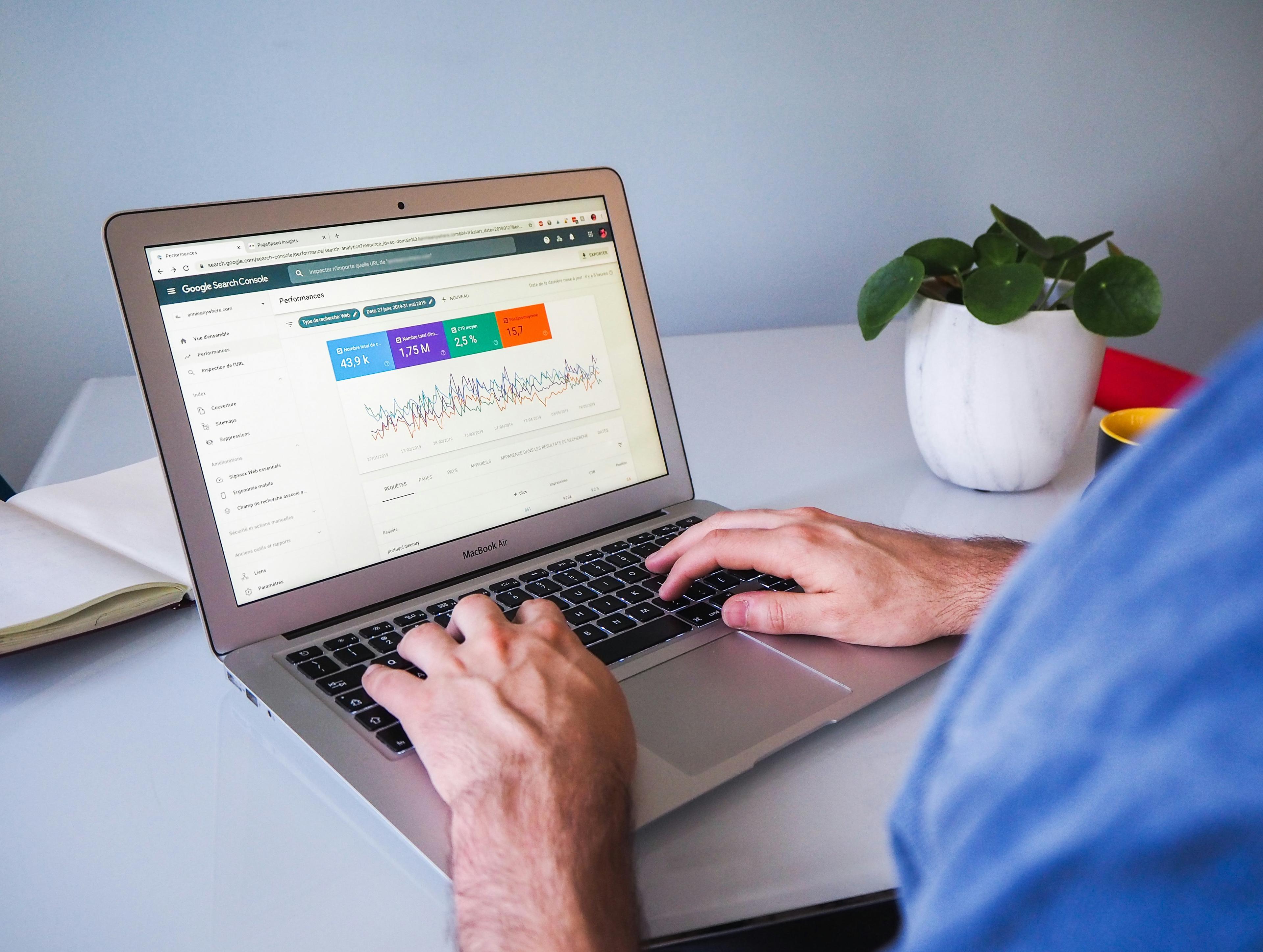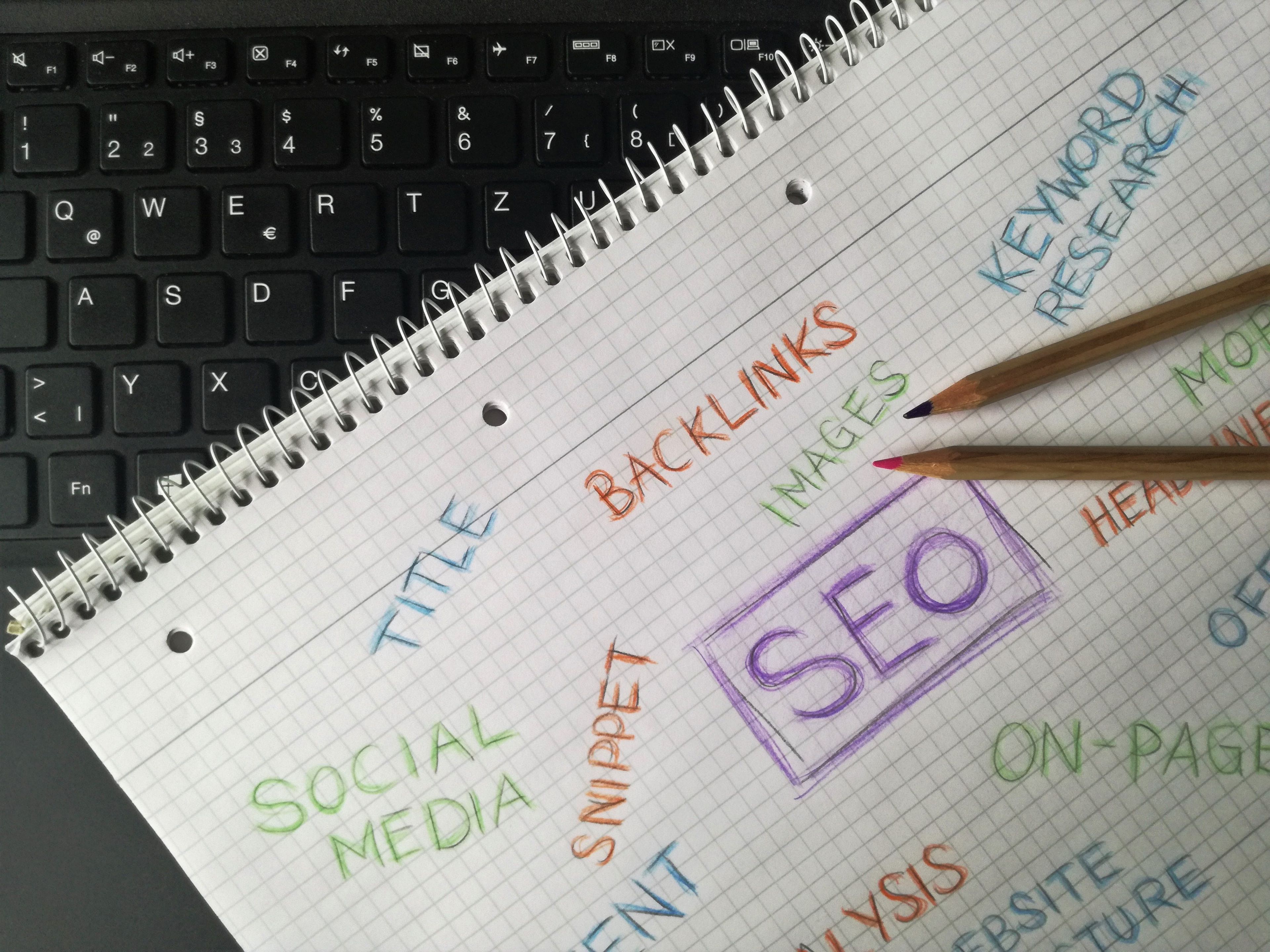If you’re considering hiring a website designer to create a new website, you’ve likely heard them talk about the design of long-scrolling sites. These are websites with long pages that users must scroll when navigating them. Over the last few years, these types of sites have become more and more popular. They seem to work best for portfolio sites and those that display products. However, there are a few pros and cons that you may want to consider before choosing a long-scrolling site.
Pros of Long-Scrolling Websites
1. Easy to Navigate
A long-scrolling site might be the answer if your priority is a user-friendly website that is easily navigated. Users simply scroll down the pages – from top to bottom while quickly finding the information they want. They do not have to click through many pages to find their needs. This keeps users from becoming frustrated, especially on mobile devices where long scrolling pages will typically load slowly.

How your site is designed will affect how much time users spend on it. This is a major benefit of a long-scrolling format because it engages users more. If you have an e-commerce site, the longer customers spend on scrolling and buying, the better.
2. More Engaging
A well-designed long-scrolling website can be incredibly engaging, especially when users find something visually appealing, eye-catching, or interesting at the top of the long-scrolling website page, motivating them to continue scrolling. Particularly effective elements are videos, animation, or anything interactive.
The longer a user is on a website, the more likely they are to buy something, which is why engagement is so important. A well-designed long-scrolling website can engage users effectively, resulting in more conversions.
3. Great for Storytelling
The best sales technique is through storytelling. A long-scrolling site allows plenty of room to showcase your products and/or services, tell consumers about your company, and/or explain complicated products and how they work. This way, users can get all the information they need to make a buying decision without being forced to cram all those details into just one page.

Long-scrolling sites are an excellent way to engage your target audience because people respond positively to a well-told story. The best stories have an element of suspense or surprise; to keep people scrolling to the end, they add a bit of humor.
4. Easy to Update
With a long-scrolling website, you can update as needed, add elements, or make any other changes as you see fit. As you analyze user behavior, you may want to break long text sections into smaller ones that may be easier to digest. You can incorporate visuals like videos and interactive elements that encourage users and typically increase engagement. Long-scrolling sites are easy to tailor to your brand, increasing brand identity while improving the user experience.
Having the flexibility to update, add content, and make other changes to your website without the need for a total redesign is a huge advantage. All businesses can benefit from the ability to quickly adjust to changes in the industry or fluctuations in the market.
So, those are the pros, but it’s important that you also know the cons.
Cons of Infinite Scrolling Websites
1. Difficulty with Search Engine Optimization (SEO)
Search engines often have difficulty crawling long-scrolling sites because all that content takes longer to load, which can detrimentally affect your rankings. Furthermore, with long scroll websites, search engines may be unable to crawl the bottom of your pages, and thus some content is missed.

This is no small problem since SEO is necessary so that your website can be found by those searching for your products and/or services. Therefore, you must ensure that search engines can find and index every bit of content on your web pages.
To combat this problem, you will likely have to spend the time and money it will take to make sure your one-page website is fully optimized for search engines. Top-notch SEO can help raise your rankings, but this is an ongoing process. So, you must be prepared to devote the necessary resources.
2. More Difficult to Navigate
When it comes to navigating long-scrolling sites on mobile screens, there can be confusion. Therefore, your site must be well-designed so that users don’t get frustrated and click out without contacting you or buying anything.
To address this issue, make sure that navigating between multiple pages of your site is as straightforward as possible. Users should be able to quickly find the section they need and quickly jump to that part of the page. Your designer can also incorporate elements like “back to top” buttons so users can move around your pages more easily.
3. Pages May Load Slowly
It usually takes long-scrolling websites longer to load because more content means more time to ensure the pages are all working properly. Of course, this can lead to frustration and the risk is that the user will click out before they have a chance to long scroll down to see your offerings.

To address this problem, you should ensure that your web page(s) are optimized for speed. This means fewer images, compressed files, and plugins to speed up the time it takes to load pages. When they load quickly, users have a better experience.
4. Users May Feel Bombarded
Users can sometimes find long-scrolling sites overwhelming. Seeing a lot of information all at once during long or infinite scrolling can be confusing unless the layout is well-organized. The last thing you want is to frustrate users who may not have the patience to remain on your site long enough to see what you offer.
This problem can be addressed by ensuring that your content is presented in a well-organized manner that’s straightforward and appealing. You can do this with visual elements that break up all that text. This will make it easier for them to find what they’re looking for without feeling bombarded.
Conclusion
Now that you know the pros and cons of having a long-scrolling website, you can be more confident about deciding what type of website will best suit your needs when speaking to your web designer.
Even though a long-scrolling site can be very beneficial, it still poses many challenges that must be considered. The information in this article should help determine how to move forward with your web design. A carefully planned, well-optimized long-scrolling website that functions properly can do wonders for your business.


About Clay
Clay is a UI/UX design & branding agency in San Francisco. We team up with startups and leading brands to create transformative digital experience. Clients: Facebook, Slack, Google, Amazon, Credit Karma, Zenefits, etc.
Learn more

About Clay
Clay is a UI/UX design & branding agency in San Francisco. We team up with startups and leading brands to create transformative digital experience. Clients: Facebook, Slack, Google, Amazon, Credit Karma, Zenefits, etc.
Learn more


